1. Rio Rancho Estates, New Mexico
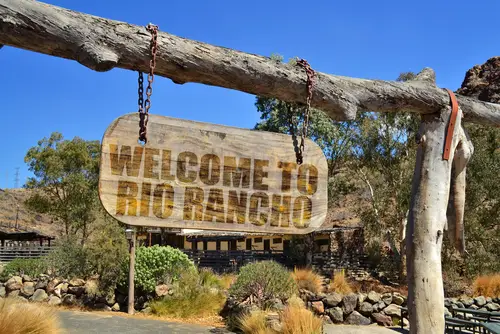
Northwest of Albuquerque, the mesa is etched with miles of dirt and paved roads. Some tracts have steady growth, but the older estates area sprawls into near-empty grids. Street signs pop up in front of nothing. On windy days, dust races down entire empty blocks.
This is the legacy of massive lot sales decades ago. Infrastructure and addressing exist where neighbors do not. You can drive for minutes without passing a single occupied home. It reads like a ghost suburb sketched in pencil.
2. Coyote Springs, Nevada
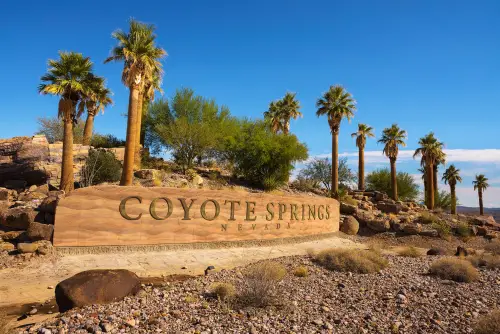
This was pitched as a brand-new city between Las Vegas and Mesquite, with neighborhoods, schools, and a town center. A championship golf course opened, power lines marched in, and a highway interchange set the stage. Then legal and water fights, plus the recession, hit pause. The result is infrastructure without everyday life.
On weekdays you can drive past manicured fairways and wide, empty arterials. Sales offices and signage hint at the big dream. But the hum of a real community never arrived. It feels like a movie set waiting for extras who never showed.
3. Salton City, California
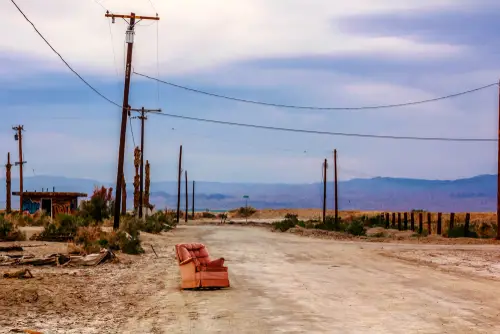
Here’s a classic “roads to nowhere” subdivision on the Salton Sea’s west shore. Whole blocks are platted, and many are paved, but the houses are sporadic. Street names promise seaside charm, yet the shoreline has receded dramatically. The silence between driveways makes it feel post-apocalyptic.
Developers bet on a resort future decades ago, and the environment didn’t cooperate. Fish die-offs and dust put a damper on growth. You still see a smattering of lived-in homes, mailboxes, and the odd ATV. But most of the grid reads like an empty neighborhood.
4. Bombay Beach, California
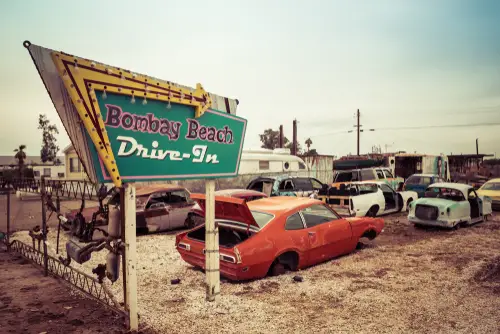
Bombay Beach was once a quirky little getaway spot with trailers and neon optimism. Floods, salt, and time stripped much of that away. Now it’s a surreal blend of art installations and abandoned structures. Walking the blocks feels like suburbia’s after-party.
The streets are there, just mostly quiet. A few year-round residents and weekend creatives keep a light on. But the gaps between homes and the rusted detritus dominate the view. It looks and sounds like a ghost town with a stubborn pulse.
5. Desert Shores, California
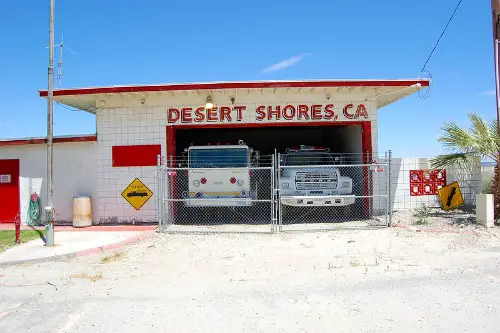
This community’s canals once promised waterfront living on the Salton Sea. As the waterline fell, docks stranded and shoreline amenities lost their purpose. You’ll find lived-in pockets, but also vacant homes and empty lots. The stillness on certain streets is unmistakable.
Drive a loop and you’ll pass sun-bleached for-sale signs and shuttered storefronts. The map suggests density that never arrived. Even the canal edges can feel frozen in time. It’s a suburban vision with the volume turned way down.
6. Lehigh Acres, Florida
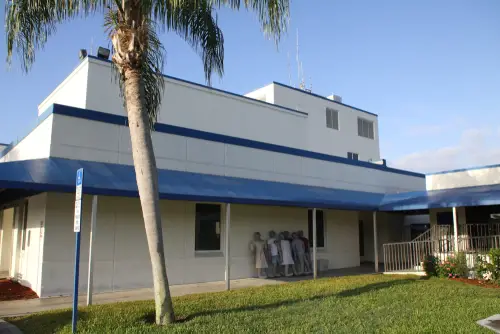
Lehigh Acres was platted at massive scale in the 1950s and 1960s. The Great Recession left scars you can still read in its patchwork build-out. Blocks flip from tidy houses to stretches of vacant, scrubby lots. The emptier streets can feel downright eerie.
It’s not abandoned, but the sheer number of undeveloped parcels creates ghostly gaps. You’ll see fresh construction next to long-silent corners. That contrast is what makes it feel “off.” The suburb is there, but it often looks incomplete.
7. Golden Gate Estates, Florida
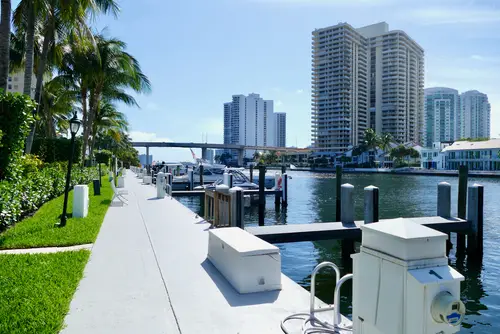
East of Naples, this subdivision was marketed big and carved into the wetlands with canals and a huge grid. Parts are settled, but the farther east you go, the sparser it gets. Long straight roads carry almost no traffic at certain hours. You can count the mailboxes between cypress stands.
The lots are large and separated, which amplifies the quiet. Many driveways end in trees, not houses. It’s a place where the plat map promised a crowd and got a handful. The vibe can feel unmistakably ghost-suburb.
8. Citrus Springs, Florida
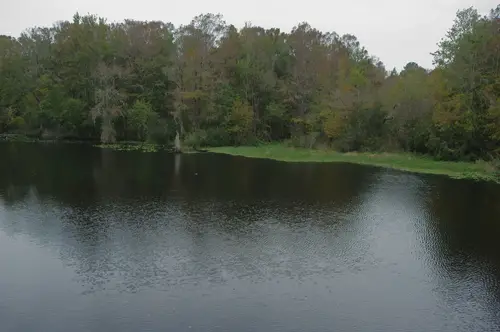
Citrus Springs has broad boulevards, tidy signage, and that planned-community look. But many blocks still have more woods than homes. You turn a corner expecting a neighborhood and find a lone mailbox and a sandy driveway. The silence makes even bird calls feel loud.
This is classic “paper subdivision” territory from the mid-century land boom. Plenty of lots were sold long before families moved in. The result is a checkerboard of built and unbuilt. It gives the area a half-finished, almost abandoned feel.
9. Hawthorne Plaza, California
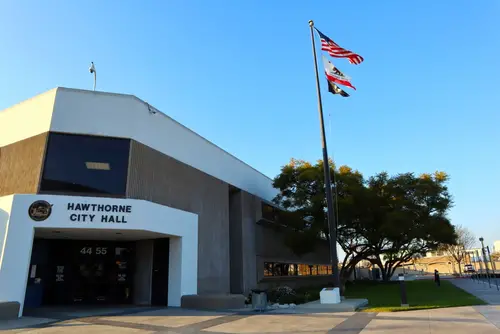
South Bay drivers know the skeleton of this long-shuttered mall by sight. It closed in the late 1990s and became a favorite filming location. Inside, escalators sit frozen and storefronts stare blankly. The parking decks are empty stages for car commercials and chase scenes.
From the street, you still read the bones of a busy suburban hub. But the only footsteps are security and production crews. The vacancy is total enough to feel otherworldly. It’s a textbook “ghost” in the middle of a living metro.
10. Horizon City, Texas
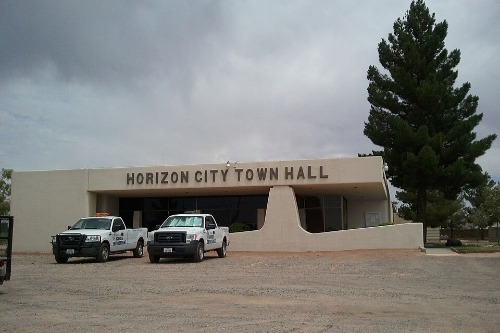
East of El Paso, Horizon City’s origins include acres of lots sold sight unseen. The municipal core is active, but the surrounding platted areas are famously patchy. Paved roads taper into rutted paths to nowhere. It’s quiet enough that a passing truck turns heads.
That “paper plat” DNA never fully went away. Many parcels still sit vacant, creating wide visual gaps. You’ll see a new stucco build, then three empty corners in a row. The landscape looks permanently paused between sales pitch and suburb.
11. Arizona City, Arizona
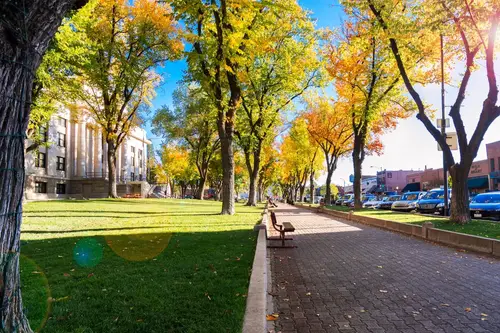
Halfway between Phoenix and Tucson, Arizona City was planned with lakes and golf fairways. It does have residents and everyday life, but large stretches remain empty. For-sale signs dot sandy lots like pushpins. Even the paved intersections can feel oversized for the traffic they carry.
The boom-bust cycle kept momentum choppy. Builders start, stop, and leapfrog, leaving dormant pockets behind. That staggered pattern gives streets a ghostly rhythm. You can see the plan, but you can also see the air between the lines.
12. Lake Las Vegas, Nevada
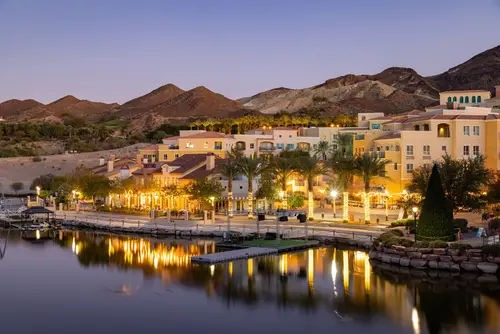
This resort-style suburb once hit the skids during the housing crash. Bankruptcies and foreclosures dimmed the lights on waterfront retail. It has staged a comeback, but weekdays can still feel unusually hushed. You can stroll a perfect piazza without meeting many neighbors.
Empty retail bays and quiet promenades linger as reminders of that slump. The built environment is gorgeous yet underoccupied at times. Nights and weekends feel livelier, but the lulls are real. It’s a place where the backdrop sometimes outnumbers the actors.
13. Forest Fair Mall / Cincinnati Mills, Ohio
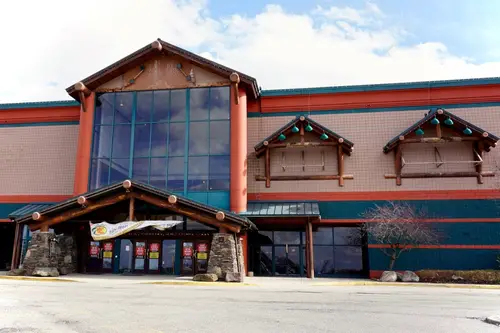
In the northern suburbs of Cincinnati, this mega-mall cycled through names and tenants. Anchor stores left, and the echo set in. Whole wings sat dark while only a handful of businesses hung on. It looked and felt like a suburban ruin, long before demolition crews showed up.
Even after closure, the vast parking fields and shuttered entrances projected emptiness. It became a pilgrimage site for “dead mall” chroniclers. The scale makes the silence unsettling. It’s suburbia’s commercial heart, stopped mid-beat.
14. Century III Mall, Pennsylvania
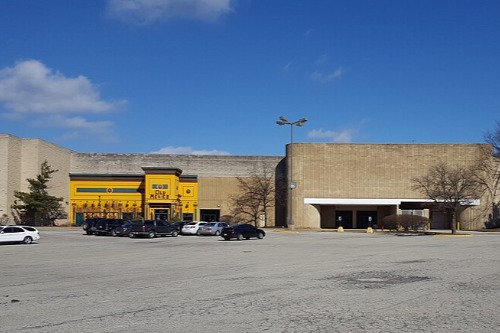
Just outside Pittsburgh, Century III was once among America’s largest malls. Decline hit, stores fled, and the doors finally closed. Today its hulking shell and empty lots look straight out of a disaster film. Wind pushes trash where crowds used to swirl.
Safety issues and partial collapses turned it from tired to truly derelict. Demolition has been a slow, staged affair, so the ghostly visuals linger. Locals swap stories about holiday crowds that feel impossible now. It’s the classic suburban gathering place gone specter.
This post 14 Suburban Developments That Already Look Like Ghost Towns was first published on Greenhouse Black.
